Some night owls in Switzerland and Southern Germany got lucky on the 1st of September 2021 and could witness a spectacular event. A bright meteor lit up the night sky of the border region around 03:12 UT (05:12 CEST). The fireball was visible from large distances and was recorded by several fireball network cameras and webcams.
According to fireball reports, there were also quite some eyewitnesses. IMO/AMS was able to use visual reports to calculate a flight path (trajectory).
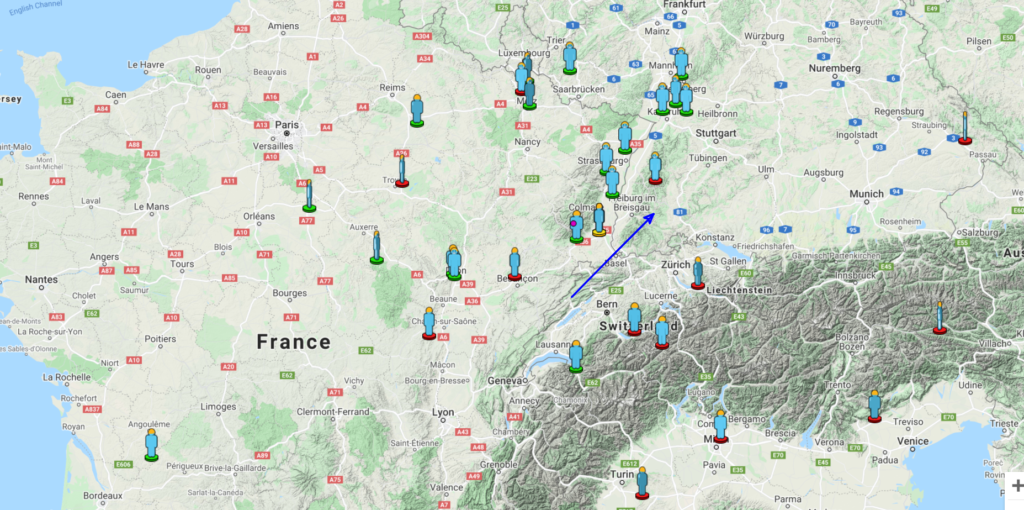
The fireball was also captured by 12 cameras of the all-sky camera network FRIPON. The German part of the network is maintained and extended by the University of Oldenburg. The detecting camera located the furthest from the event was in Asiago, Italy, with a distance of almost 500 km. The images and data of the event can be found here.
From data collected by the FRIPON cameras, a more precise trajectory could be computed as well as scientific details of the object including the mass along its way to the ground. The object entered the atmosphere with an initial mass between 0.5 and 2 kg and was first visible over Yverdon-les-Bains, Switzerland, around 01.09.2021 05:12:56 CEST. It soared through the air with a speed of 25 km/s until it reached the sky above Gütenbach, Germany, where it was last recorded.
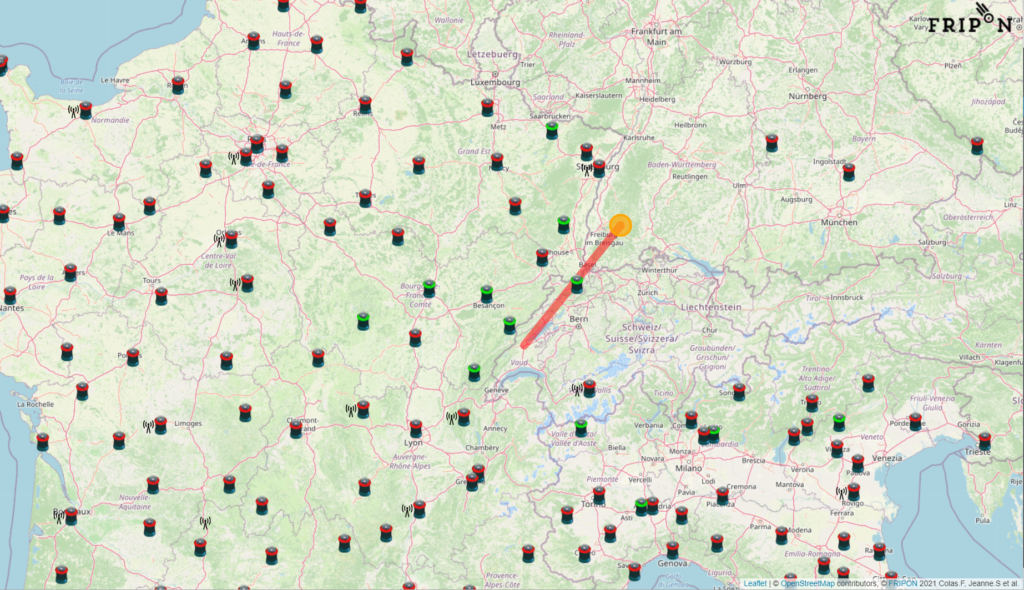
Edit: The Swiss Astronomical Union (SAG) operates a Meteornetwork consisting of All-Sky and video Cameras lead by the Working group Meteorastronomy (FMA). They were also able to compute a trajectory using their All-Sky data.
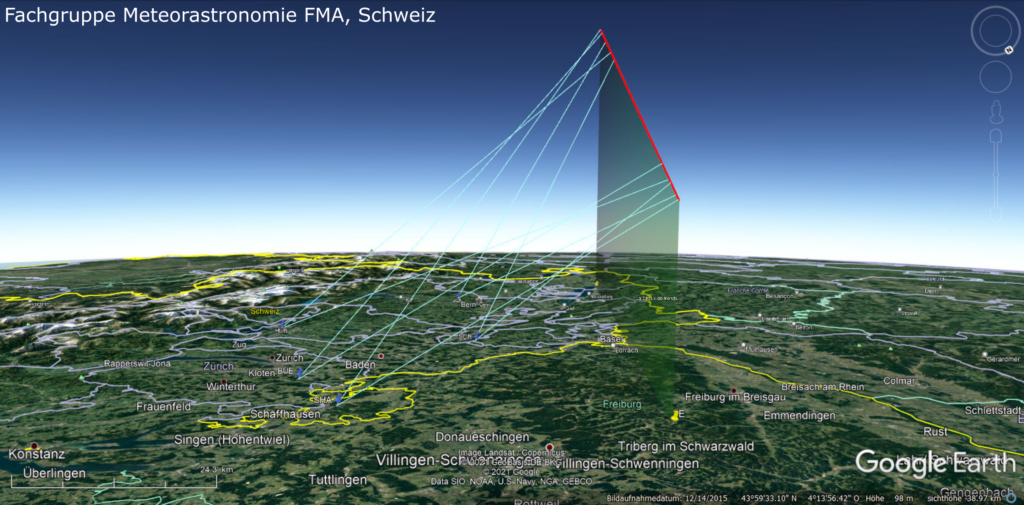
The AllSky7 camera station in Wangen, Switzerland, operated by Erwin Späni recorded the fireball on 3 of its 7 cameras.
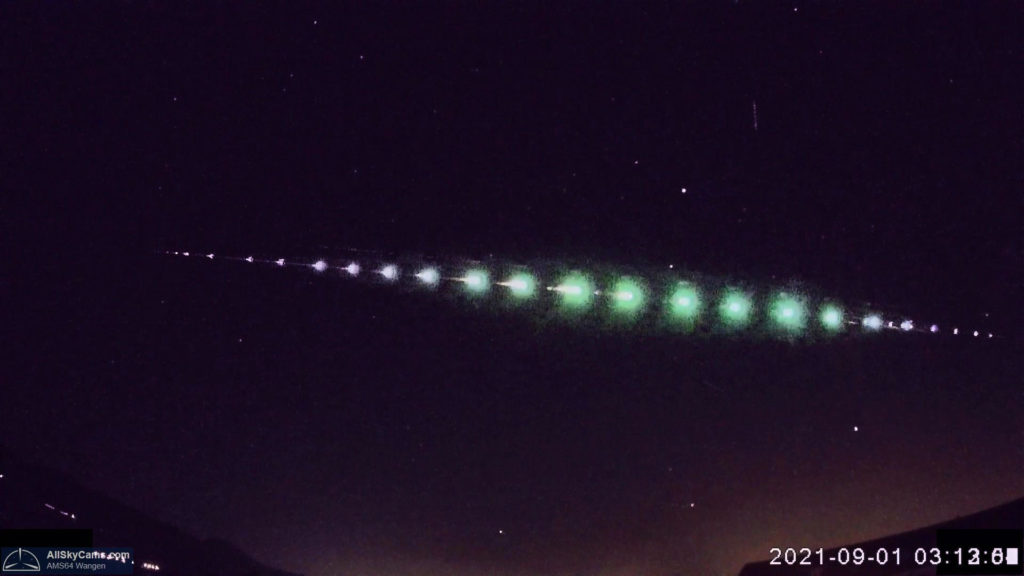
Video of the fireball recorded in Wangen. Copyright E. Späni, AllSky7 Fireball Network.
Based on calculations from the FRIPON, scientists predict that part of the material survived the violent journey through the air. Overall it should be about 30 to 140 g of meteorite material that would have dropped to the ground near Lauterbach, Germany. The strewn field (the most likely meteorite drop area) was just published and can be seen below. If you want to search for a meteorite from the event this area is your best starting point.
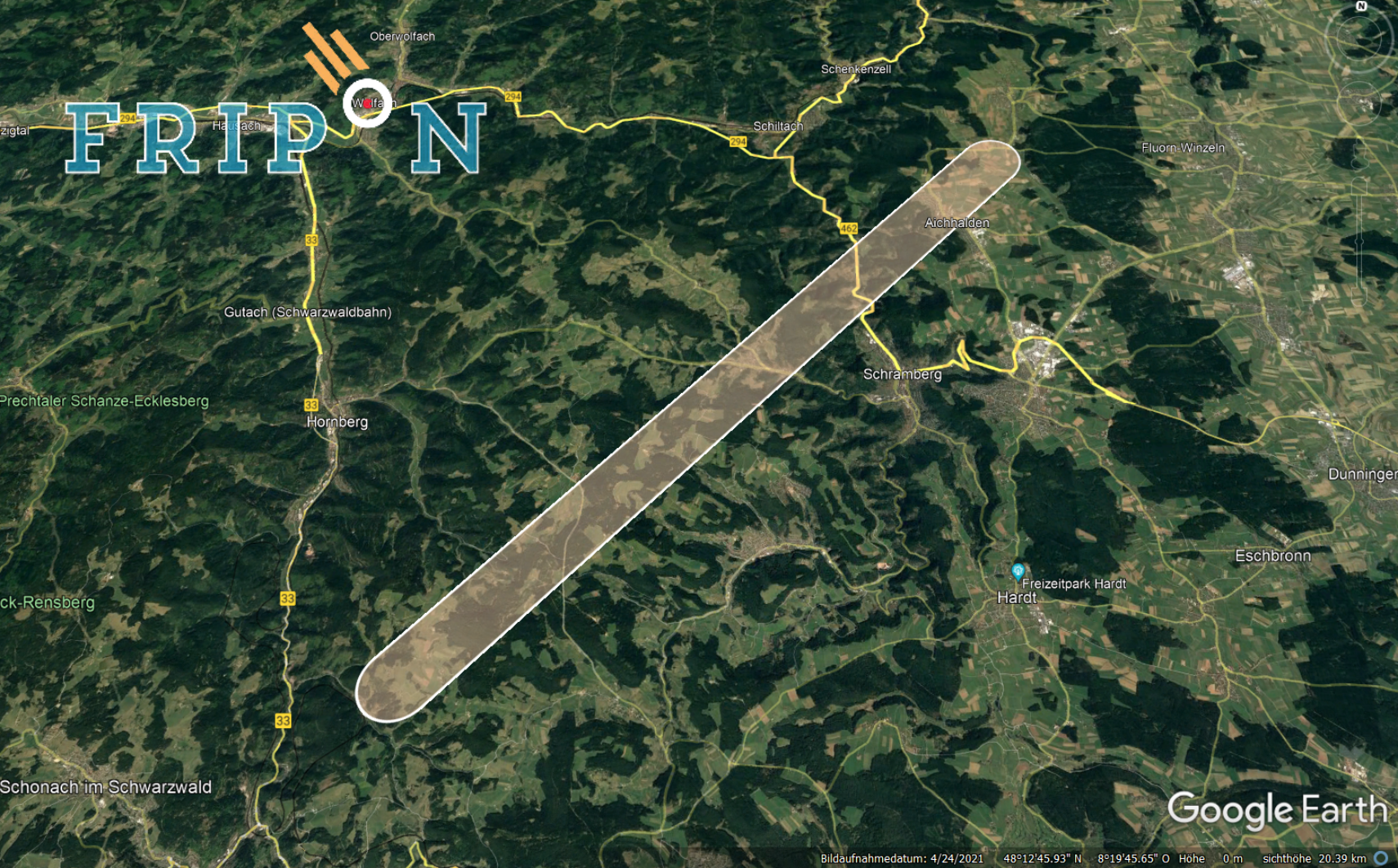 The area where it is most likely to come upon remnants (meteorites) of the object. This strewn field was calculated by FRIPON.
The area where it is most likely to come upon remnants (meteorites) of the object. This strewn field was calculated by FRIPON.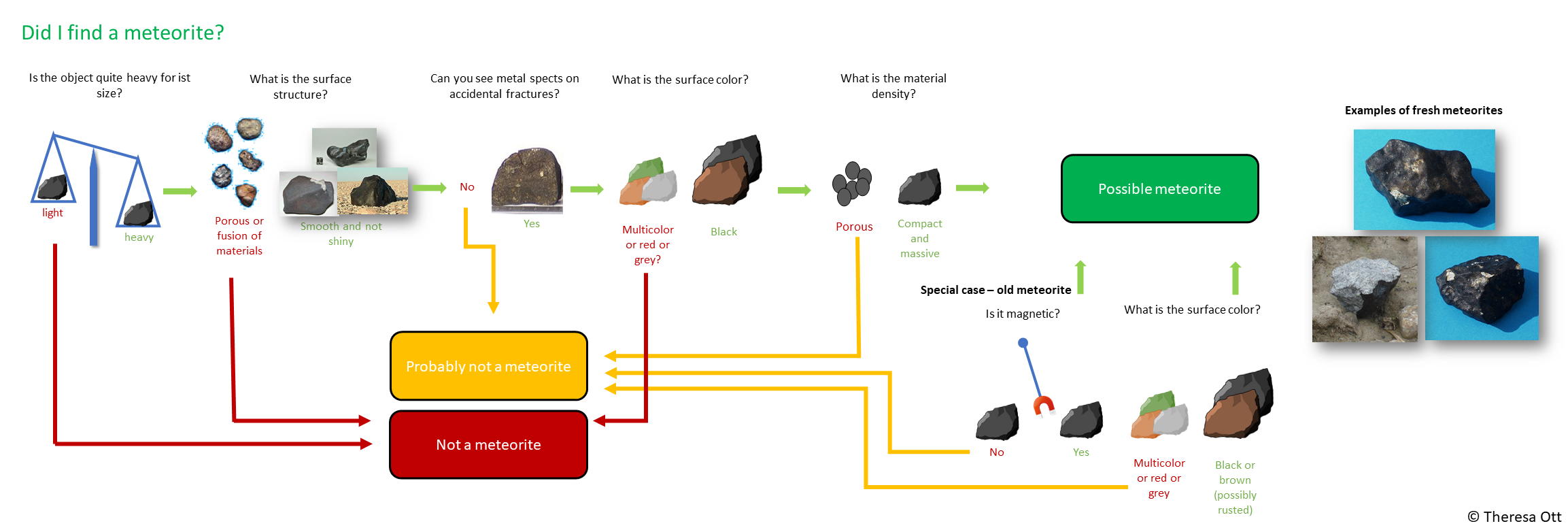
If you are now sure you have found a meteorite after consideration of the above checks, please take some pictures and send them together with some information on the size and original location and time to the e-mail address: meteorit@uni-oldenburg.de Do not forget to include your contact information.
Analysis of infrasound data did not show any traces of the fireball, even though there was a loud boom reported.
If you also saw the event, you can contribute to the scientific analysis by submitting a witness report!
Edit:
There are some additional images were recorded of the fireball. The webcams of the Säntis Bergstation. Copyright Säntis Schwebebahnen AG





 You saw something bright and fast? Like a huge shooting star? Report it: it may be a fireball.
You saw something bright and fast? Like a huge shooting star? Report it: it may be a fireball.  You counted meteors last night? Share your results with us!
You counted meteors last night? Share your results with us!  You took a photo of a meteor or fireball? You have a screenshot of your cam? Share it with us!
You took a photo of a meteor or fireball? You have a screenshot of your cam? Share it with us!  You caught a meteor or fireball on video? Share your video with us!
You caught a meteor or fireball on video? Share your video with us!
4 comments
I clicked on hyperlink for information on NEMO, but got “Seite nicht gefunden”. Do you have an updated link other than the following?
https://uol.de/en/astrophysics-and-space-environment-studies/space-environment/nemo-near-real-time-monitoring-system
Best Regards,
Bob
Thank you for your comment! We have updated the link.
What a wonderful week we had
Is there any recovery attempt planned? I’d be glad to volunteer as I live 1.5h drive away. I visited the area south of Lauterbach last weekend; despite the forest covering about 50% of land, the remainder was accessible fields. (And yet, even the medium tall grass makes visual spotting very difficult)